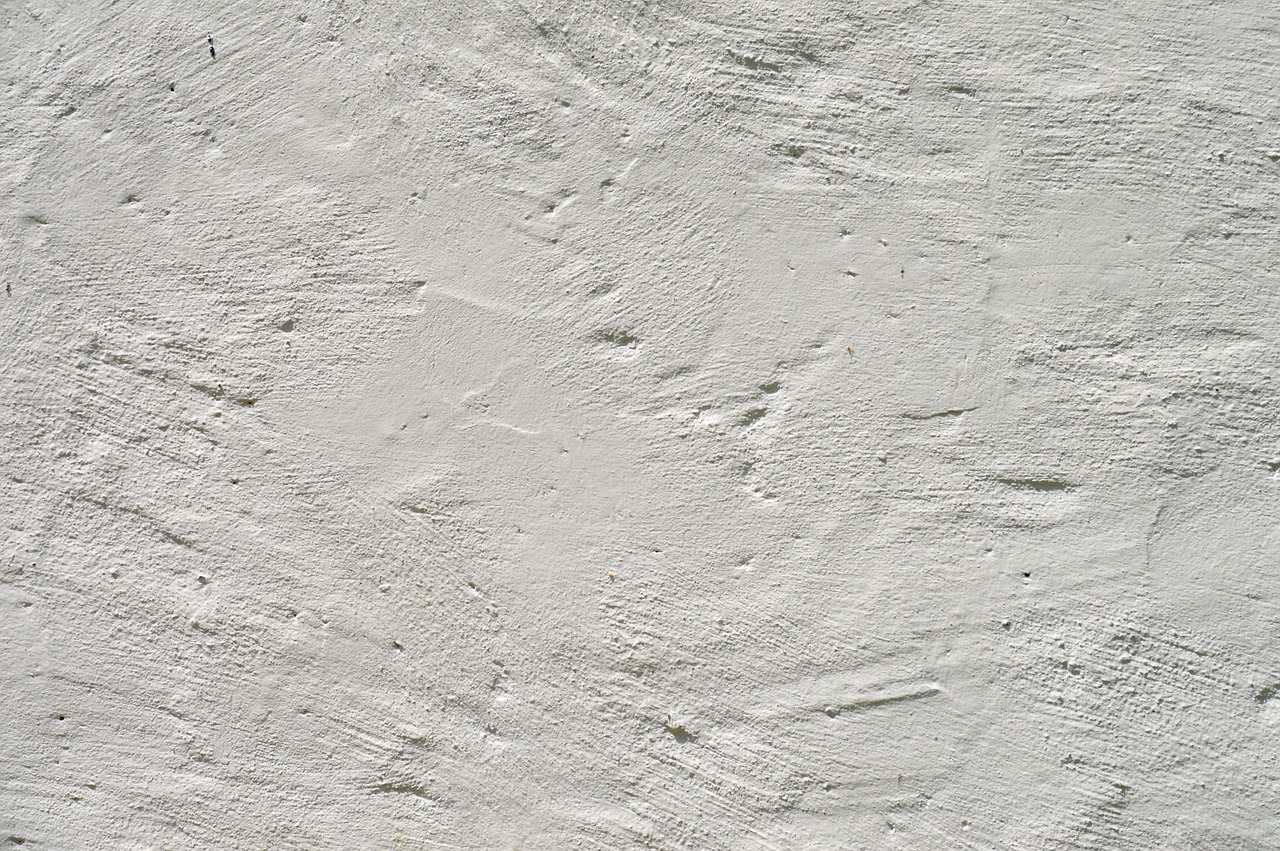Regardless of the material your house is made from, the exterior walls need to be extra treated for bulletproof protection. House rendering is a process of applying a layer of protective material over the bricks or building blocks to protect them from the harsh elements outside.
It is exclusively done by experts like plasterers. They coat the wall to prevent erosion caused by rainwater and to stop cracks and fissures from forming. A house that is covered by a render is virtually waterproof which ensures its longevity and strategical integrity for many decades to come. Sounds simple enough but here are a few more things you need to know about house rendering.
What does rendering help protect against
Essentially all liquids that come into contact with the facade of your house have the potential to leave permanent damage. The damage caused to the exterior walls is commonly the result of the local climate and the punishing weather condition. For once, rainwater and melting snow can get inside the cracks. After several freezings and thawing cycles, it results in a fissure forming in the wall’s structure.
Furthermore, if the house is left without a protective layer, even strong sunlight during summer can damage it, causing the wall to erode. No matter how strong the material is, the fine sand particles erode over time, weakening the structure of the wall.
The rendering procedure
In order to avoid direct contact of the house walls with the moisture in the air outside, a layer of rendering is applied by hand and tools. It acts as glazing that establishes a barrier between the two, prolonging the lifespan of the wall. The two most common elements used for rendering are sand and cement. Apart from them, lime-based or a synthetic resin has also entered use recently.
In some cases, as with brick houses, the material comes with a rendering of its own. Bricks have a glazing over their surface. That is the result of the manufacturing process. However, the crevices between them are untreated, so mortar will erode over time, leaving the outer all vulnerable to water damage. Some homeowners use paint to cover these surfaces but other than coloring the mortar, the wall does not get impregnated.
Cement rendering
The types of rendering listed above are used for different buildings. The form of rendering most suitable for residential units is cement rendering. Fine quality cement rendering adds a granite texture to your house that seals it shut to drops of water. The best thing about this kind of rendering is the price. Meaning it is more than affordable for most homeowners. The investments they make into rendering pays off after a few years when the maintenance costs go down, obviating the need for costly repairs.
Calculating the cost
Apart from choosing a reliable rendering company, there are several factors that will help get a clearer picture of the final cost. Firstly, you need to take into account the size of the total surface that requires rendering. Secondly, you need to decide on the type of rendering you use based on the current state the wall is in. Any damage to the wall should be repaired prior to rendering and the surface has to be clean from dirt and muck. Finally, don’t forget to calculate in the climate aspect into the equation. An extremely warm climate or a cold climate should influence the final choice if rendering for your house.
Like we stated earlier, rendering should be done by professionals. Theoretically speaking, you have the possibility to render yourself but the cost and effort will exceed the benefits. Not only is the equipment pricy but you lack the necessary expertise to apply the smooth finishing. This requires an expert’s hand that has years of rendering experience, both residential and commercial. Think of the cost of rendering not as money waste but money well spent since rendering is basically a home improvement.
The long-term effect
Rendering is a process that is so efficient that you will have to do it only once every 20 years. Most companies give a guarantee that ensures that if there isn’t any mechanical damage to the house, the applied coat will prevent all cracks, chips, and peels. Furthermore, rendering material, whether it is sand or cement can be colored, so rendering is painting the house at the same time.
No exterior wall of a house is complete without proper rendering. Whatever type and color you choose, make sure the rendering company does a good job so the rendered surface will last for decades to come. Don’t think that prospective buyers of your property won’t notice the excellent condition the house walls are in. Ultimately, rendering will translate into dollar signs.

